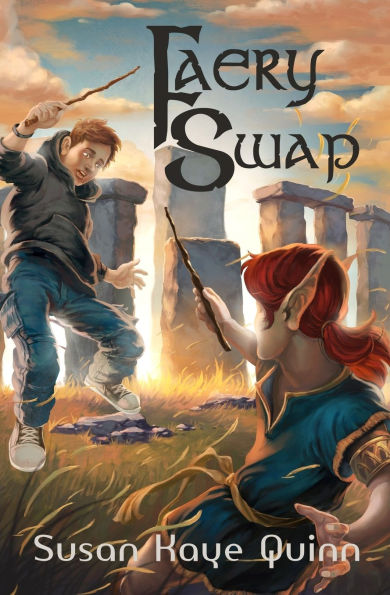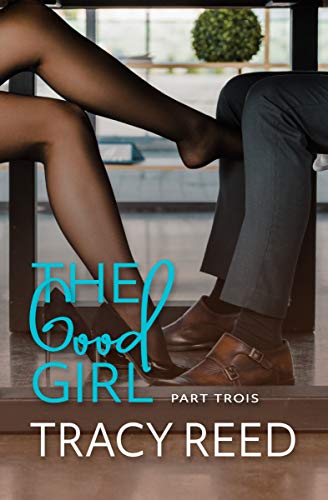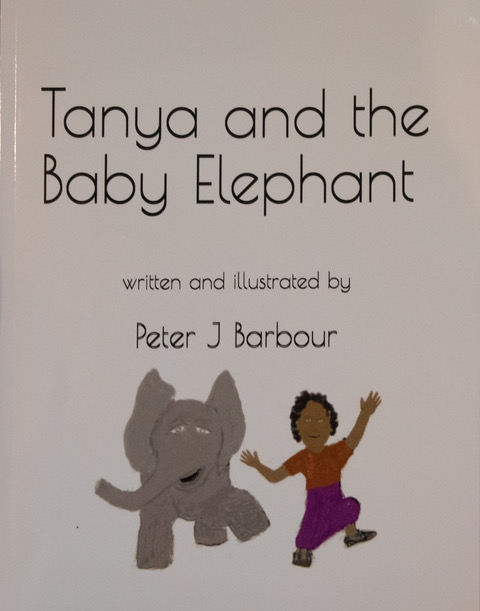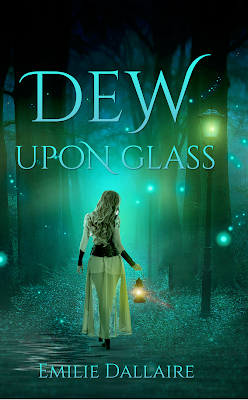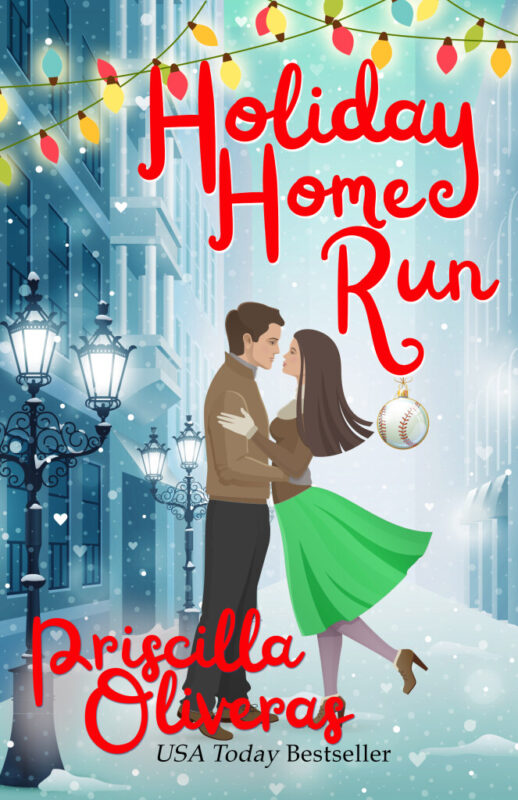Creating a Setting for Your Cozy Mystery by Carol L. Wright
June 13, 2019 by Bethlehem Writers Group in category From a Cabin in the Woods by Members of Bethlehem Writers Group tagged as BWG, Carol L Wright, cosy mysteries, cozy mysteries, Setting, writing

This month on From A Cabin in the Woods, we are featuring editor and author, Carol L. Wright.
Carol L. Wright escaped a career in law and academia for one in writing. She loves writing her Gracie McIntyre cozy mysteries where, unlike in life, justice always prevails. The first in the series, DEATH IN GLENVILLE FALLS, was a finalist for both the 2018 Killer Nashville Silver Falchion Award and the 2018 Next Generation Indie Book Award. She also writes short stories in many genres that have been published in a variety of literary journals and award-winning anthologies. She is married to her college sweetheart, and they live in the Lehigh Valley of Pennsylvania with their rescue dog and clowder of cats. Find out more on her website, and on Facebook at Carol L. Wright, Author.
Creating a Setting for Your Cozy Mystery
Carol L. Wright
 When we think about the setting for a cozy mystery, Murder She Wrote’s Cabot Cove or Agatha Christie’s St. Mary’s Mead often come to mind. Indeed, the term “cosy,” as the Brits spell it, was coined to describe Dame Agatha’s mysteries. Following these examples, most cozy writers choose a closed community as the backdrop for their murder. But, there is much more to a memorable setting for a cozy than being located in a small town.
When we think about the setting for a cozy mystery, Murder She Wrote’s Cabot Cove or Agatha Christie’s St. Mary’s Mead often come to mind. Indeed, the term “cosy,” as the Brits spell it, was coined to describe Dame Agatha’s mysteries. Following these examples, most cozy writers choose a closed community as the backdrop for their murder. But, there is much more to a memorable setting for a cozy than being located in a small town.
Once, only British settings were deemed appropriate for cozies. As recently as twenty years ago, some said cozies had to be set in England or in New England. But Jessica Fletcher travelled widely, and even Christie set some of her mysteries on an isolated Indian island (And Then There Were None) or at an exotic hotel (A Caribbean Mystery). Many readers, in fact, love to learn about new places while trying to solve a mystery—so long as those places aren’t too off-putting. Harsh settings are usually reserved for harder-edged fiction.
 With the idyllic small-town disappearing in the modern world, it’s not necessary to recreate a Cabot Cove. Since part of a cozy setting is the feeling of comfort and normalcy, you can set your mystery any place you wish, so long as you give your readers a feeling of familiarity. Anything from an ancient castle to a city neighborhood, a ski lodge to a desert island, a vacation resort to an Amish community will work just as well. Almost any place will do where people are thrown together and know (or get to know) each other.
With the idyllic small-town disappearing in the modern world, it’s not necessary to recreate a Cabot Cove. Since part of a cozy setting is the feeling of comfort and normalcy, you can set your mystery any place you wish, so long as you give your readers a feeling of familiarity. Anything from an ancient castle to a city neighborhood, a ski lodge to a desert island, a vacation resort to an Amish community will work just as well. Almost any place will do where people are thrown together and know (or get to know) each other.
Real or Fictional
But, should your setting be real or fictional? Both have their challenges.
 If you use a real place, you need to be familiar enough with it to be sure you don’t get it wrong. Residents of that place must be able to imagine your story on the familiar streets of their home. You can’t place an event at the intersection of 15th Avenue and 26th Street in Manhattan, for instance, since anyone familiar with New York would know that would put you somewhere in the Hudson River. Such errors take readers out of the story and cause them to question the rest of your “facts.” It might even cause them to give up on your book altogether or leave (yikes!) a bad review.
If you use a real place, you need to be familiar enough with it to be sure you don’t get it wrong. Residents of that place must be able to imagine your story on the familiar streets of their home. You can’t place an event at the intersection of 15th Avenue and 26th Street in Manhattan, for instance, since anyone familiar with New York would know that would put you somewhere in the Hudson River. Such errors take readers out of the story and cause them to question the rest of your “facts.” It might even cause them to give up on your book altogether or leave (yikes!) a bad review.
Besides accuracy, when using a real setting you need to beware of potential libel if you use real businesses or real people’s names—or even substitute fictional names but do not sufficiently conceal the real entity upon which it is based. You might think that a business owner would love to have the free publicity of being in your novel, but not all would—especially if they’re to be associated with a murder. If they believe your novel casts them in a false light, they can sue. Even if you won a lawsuit, it would cost you so much to defend it that you would regret using real names/businesses. If you must use real people or businesses, get a written release from them. For more on this, see: How to Use Real People in Your Writing.
The Details
The other option, of course, is to use a completely fictional setting. If you do, you will need to provide all the details of the terrain, climate, and culture of the place to allow your readers to become immersed in your fictional universe. Think about Carolyn Hart’s Broward’s Rock Island, SC, or my own Glenville Falls—a college town nestled in Western Massachusetts. While each is within a known region, the towns, their businesses, modes of transportation, and traditions are creations of the authors.
Even fictional settings can reference real places in a general way. In my Gracie McIntyre mysteries, I mention UMass-Amherst, Springfield, and Boston, MA, but the action of the story occurs in my fictional town of Glenville Falls. In Sherry Harris’s Sarah Winston Garage Sale Mysteries, that happen to be set in the area where I grew up, her town and the name of the nearby Air Force Base are fictional, but she mentions surrounding towns, roads, and landmarks. Reading them gives me a feeling of being back home. Done well, incorporating real places can help sales to the area’s current and former residents—especially if you do book signings there.

Back Ground Characters
Another part of the setting is your background characters. These are definitely NOT the folks who will drive your plot, kill your victim, or solve the crime. They’re the person who takes orders in the coffee shop, the mail carrier who delivers the threatening letter, or the security guard who lets people into the gated community. If the location of your story were a room, these characters would be the furniture.
As with any room, you want your furniture to add color, interest, and comfort to the setting. One character might have a colorful accent (pillow?) or mode of speech. Another could give the sleuth a place to rest and think a bit. Another could shed some light on the story. While these characters might serve a small role in the plot, they then go on about their fictional lives, unconcerned with what is happening in the rest of the novel. Still, they leave behind their imprint on your readers’ sense of place.
Once you have your setting—both the room and the furniture—you have the cozy world in which to spin your tale or your series. And, if, like me, you’re a “pantser”—one who writes by the seat of your pants rather than plotting everything out in advance—you might well be surprised to find that some of the lovely setting you’ve created ends up changing your story in ways you never anticipated.
What do you look for in a cozy setting? What are some of your favorite cozy settings?
Books by Carol L. Wright
4 0 Read more
Affiliate Links
A Slice of Orange is an affiliate with some of the booksellers listed on this website, including Barnes & Nobel, Books A Million, iBooks, Kobo, and Smashwords. This means A Slice of Orange may earn a small advertising fee from sales made through the links used on this website. There are reminders of these affiliate links on the pages for individual books.
Search A Slice of Orange
Find a Column
Archives
Featured Books
FAERY SWAP
Warrior faery princes can be very stubborn. Especially when they possess your body.
More info →TANYA AND THE BABY ELEPHANT
Tanya is stuck at home. Can a baby elephant make her less lonely?
More info →DEW UPON GLASS
After everything they have gone through. Why now? Why this?
HOLIDAY HOME RUN
She’s focused on organizing the best holiday event the youth center has ever seen, not on romance. But Ben…he’s got a game plan for them that includes both.
More info →Newsletter
Contributing Authors
Search A Slice of Orange
Find a Column
Archives
Authors in the Bookstore
- A. E. Decker
- A. J. Scudiere
- A.J. Sidransky
- Abby Collette
- Alanna Lucus
- Albert Marrin
- Alice Duncan
- Alina K. Field
- Alison Green Myers
- Andi Lawrencovna
- Andrew C Raiford
- Angela Pryce
- Aviva Vaughn
- Barbara Ankrum
- Bethlehem Writers Group, LLC
- Carol L. Wright
- Celeste Barclay
- Christina Alexandra
- Christopher D. Ochs
- Claire Davon
- Claire Naden
- Courtnee Turner Hoyle
- Courtney Annicchiarico
- D. Lieber
- Daniel V. Meier Jr.
- Debra Dixon
- Debra H. Goldstein
- Debra Holland
- Dee Ann Palmer
- Denise M. Colby
- Diane Benefiel
- Diane Sismour
- Dianna Sinovic
- DT Krippene
- E.B. Dawson
- Emilie Dallaire
- Emily Brightwell
- Emily PW Murphy
- Fae Rowen
- Faith L. Justice
- Frances Amati
- Geralyn Corcillo
- Glynnis Campbell
- Greg Jolley
- H. O. Charles
- Jaclyn Roché
- Jacqueline Diamond
- Janet Lynn and Will Zeilinger
- Jaya Mehta
- Jeff Baird
- Jenna Barwin
- Jenne Kern
- Jennifer D. Bokal
- Jennifer Lyon
- Jerome W. McFadden
- Jill Piscitello
- Jina Bacarr
- Jo A. Hiestand
- Jodi Bogert
- Jolina Petersheim
- Jonathan Maberry
- Joy Allyson
- Judy Duarte
- Justin Murphy
- Justine Davis
- Kat Martin
- Kidd Wadsworth
- Kitty Bucholtz
- Kristy Tate
- Larry Deibert
- Larry Hamilton
- Laura Drake
- Laurie Stevens
- Leslie Knowles
- Li-Ying Lundquist
- Linda Carroll-Bradd
- Linda Lappin
- Linda McLaughlin
- Linda O. Johnston
- Lisa Preston
- Lolo Paige
- Loran Holt
- Lynette M. Burrows
- Lyssa Kay Adams
- Madeline Ash
- Margarita Engle
- Marguerite Quantaine
- Marianne H. Donley
- Mary Castillo
- Maureen Klovers
- Megan Haskell
- Melanie Waterbury
- Melisa Rivero
- Melissa Chambers
- Melodie Winawer
- Meriam Wilhelm
- Mikel J. Wilson
- Mindy Neff
- Monica McCabe
- Nancy Brashear
- Neetu Malik
- Nikki Prince
- Once Upon Anthologies
- Paula Gail Benson
- Penny Reid
- Peter Barbour
- Priscilla Oliveras
- R. H. Kohno
- Rachel Hailey
- Ralph Hieb
- Ramcy Diek
- Ransom Stephens
- Rebecca Forster
- Renae Wrich
- Roxy Matthews
- Ryder Hunte Clancy
- Sally Paradysz
- Sheila Colón-Bagley
- Simone de Muñoz
- Sophie Barnes
- Susan Kaye Quinn
- Susan Lynn Meyer
- Susan Squires
- T. D. Fox
- Tara C. Allred
- Tara Lain
- Tari Lynn Jewett
- Terri Osburn
- Tracy Reed
- Vera Jane Cook
- Vicki Crum
- Writing Something Romantic
Affiliate Links
A Slice of Orange is an affiliate with some of the booksellers listed on this website, including Barnes & Nobel, Books A Million, iBooks, Kobo, and Smashwords. This means A Slice of Orange may earn a small advertising fee from sales made through the links used on this website. There are reminders of these affiliate links on the pages for individual books.



























